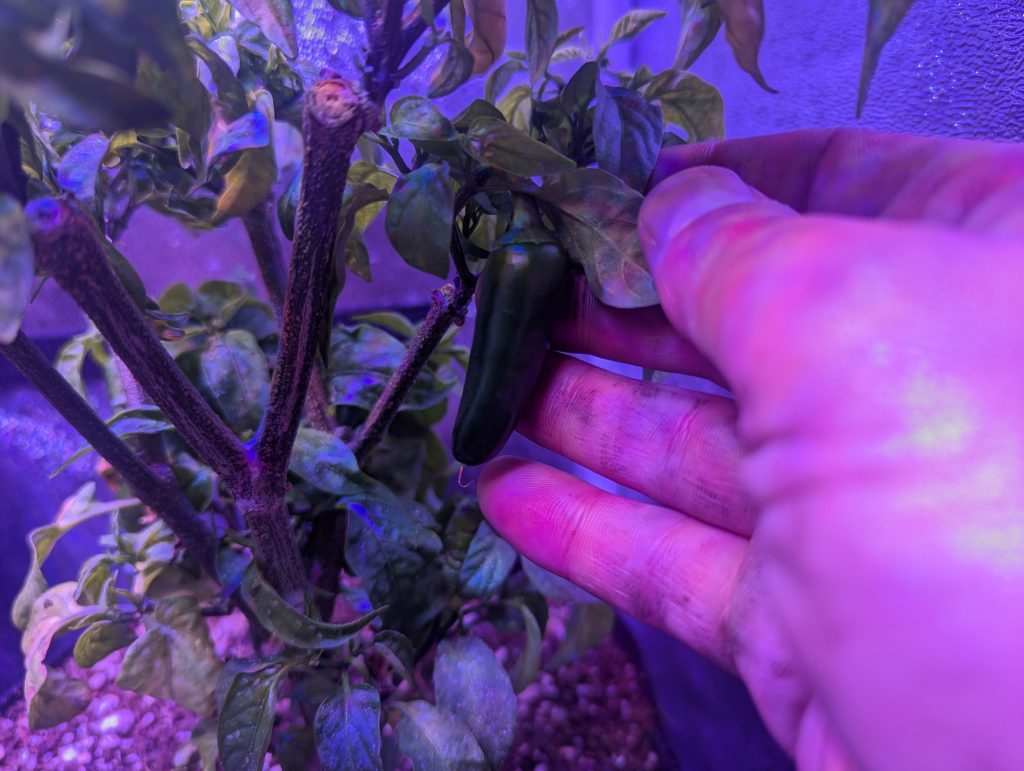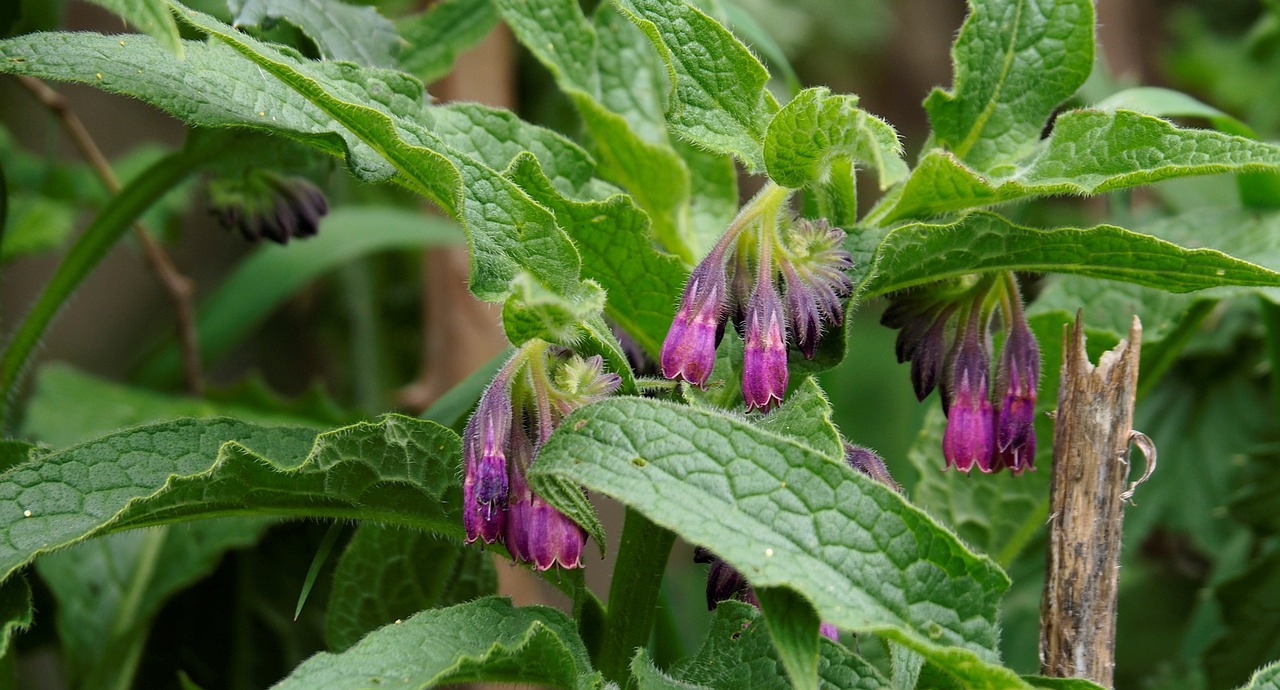They say – I’m still not sure who “they” are in all of these scenarios – regardless, “they” say a picture is worth a thousand words so this post will be a picture walk-through of the indoor gardens as they are today – 16 December 2024. I am battling a pretty severe aphid outbreak and controlling fungus gnats with a combination of diatomaceous earth (DE) and Castile soap so that is the cause for any residue noted on leaves.

Front right to left, working backwards the same:

Front right to left, working backwards the same: Saber/seratta basil, purple ruffled basil, rosemary cuttings, za’atar thyme variety, empty lid, culantro

First four rows are planted out, from front to back: Aji Amarillo (not germinated), Purple Passionflower (not germinated), White Sage (not germinated), Hibiscus/Roselle (germinating and so stinkin’ cool to watch as it lifts itself from the planter! This would be a great seed to put on a timelapse!)

From front to back: Lime basil, Lemon basil, Osmin basil, Corsican basil, Za’atar oregano variety, Nepitella, White Sage, common thyme, orange thyme, biquinho red pepper

Pineapple top, black edlerberry (Bob Gordon), parsley, thai chili peppers

Thai chili pepper, walking onion, common sage, saber/seratta basil, the empty looking pot is turmeric that is germinating slowly.

These three pots are big old smorgasbord containers! One of them is ginger with 5 nubs, two of them are turmeric with 5+ nubs each, they all have green onion roots planted…and I genuinely can’t remember what else! Oh! a sprouted garlic clove! >.<

Three “Craig’s Grande” jalapenos that are being overwintered after providing a bumper crop for their seed saver, our neighbors!

Look at this overachiever Craig fruiting on an 18/6 light cycle and under veg lights!

4’x4′ Tall tent: Lemongrass, thai basil, coin purse something or other flower, white queen tomato, walking onions, genovese and holy basil and some thyme in the cloner, tomatillo, rosemary.

Zoom into the left corner of the 4’x4′ tall.



The pepper palace! 4’x4′ shortie. This tent will need an entire post unto itself!

